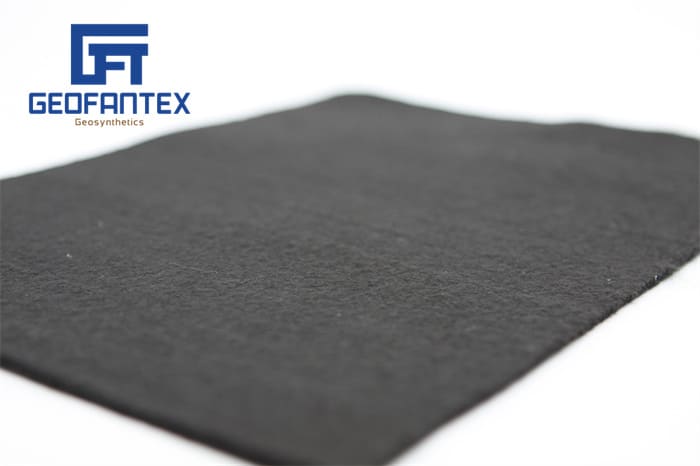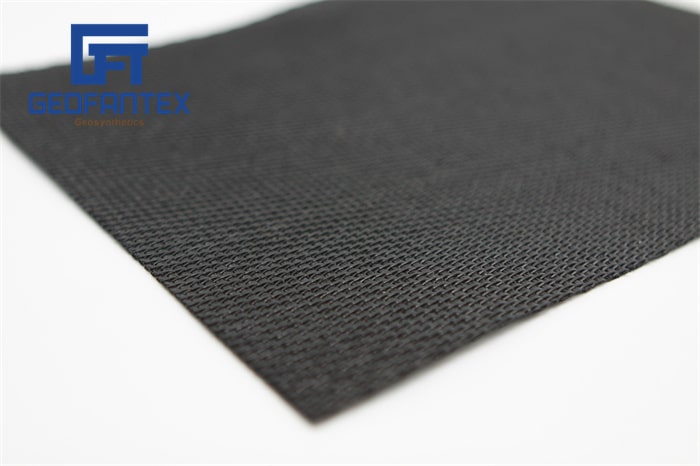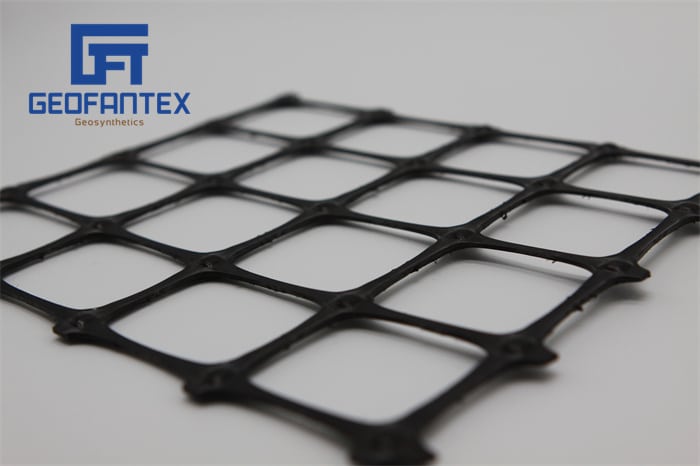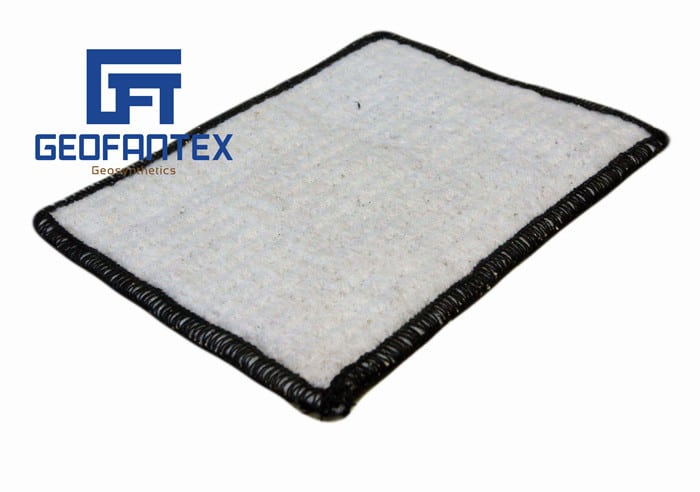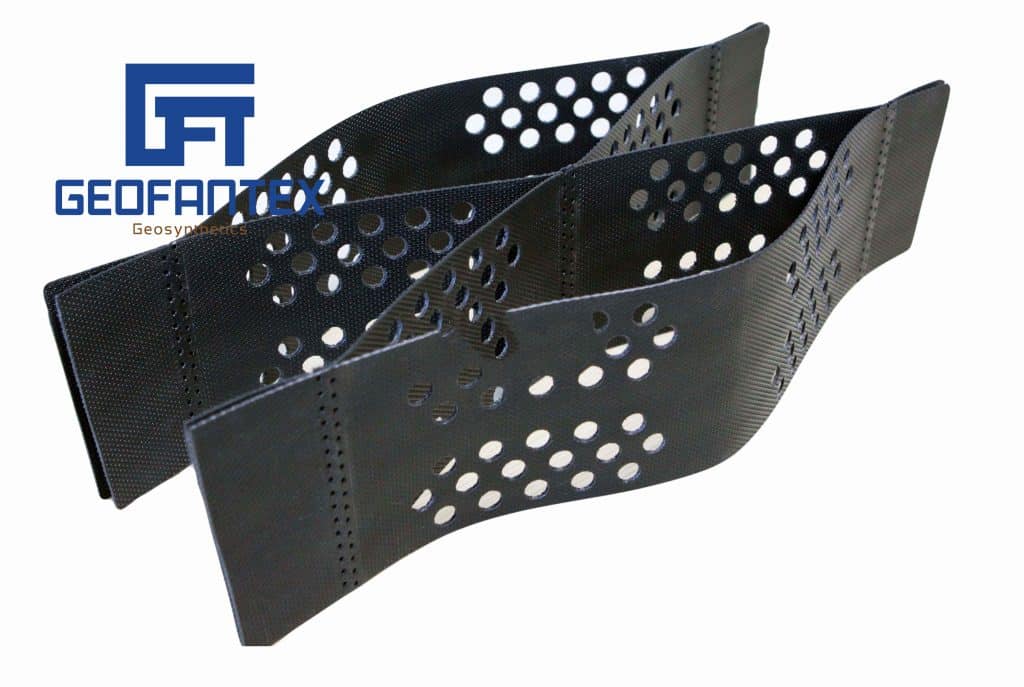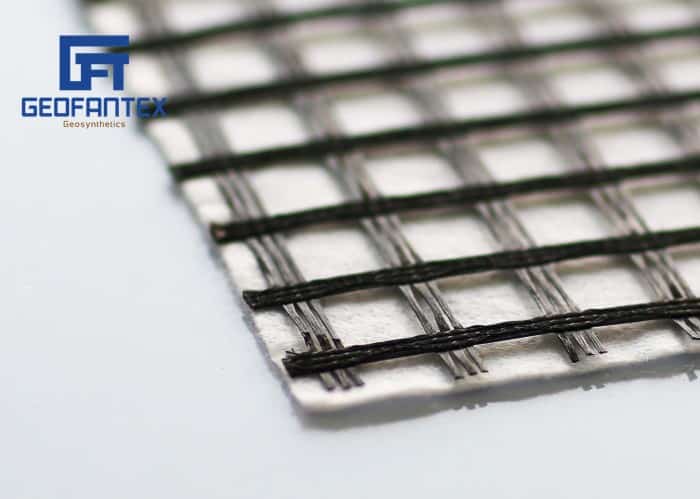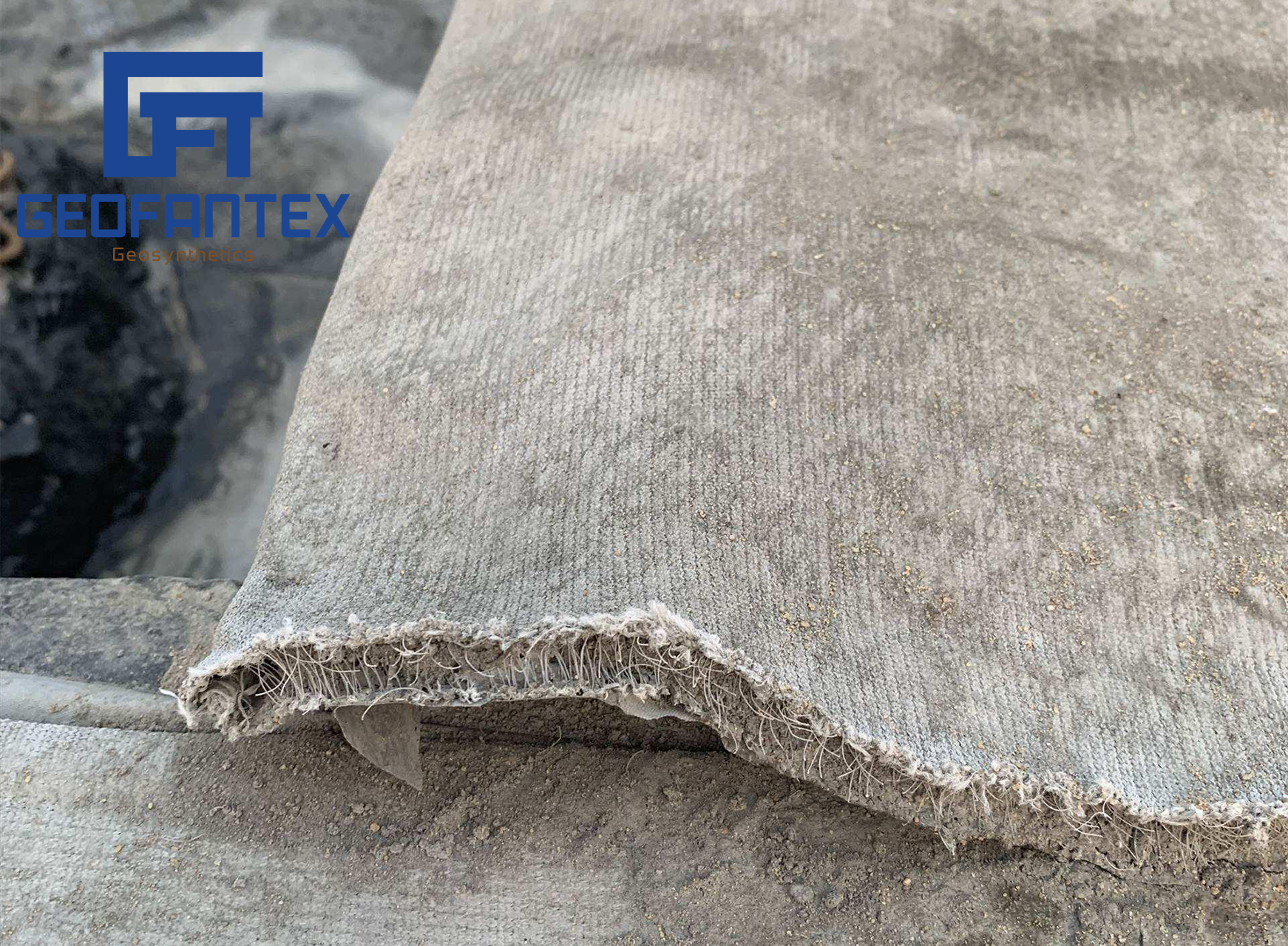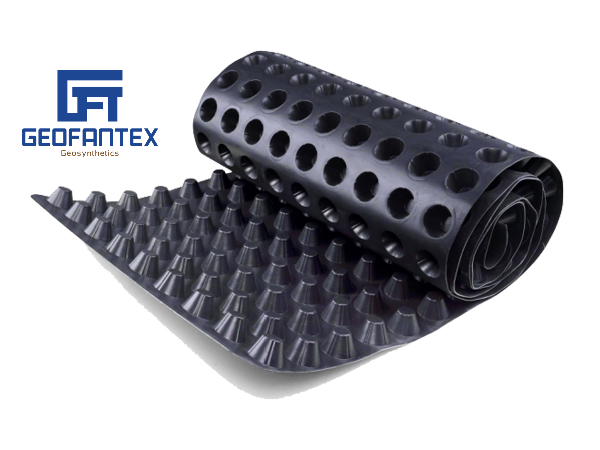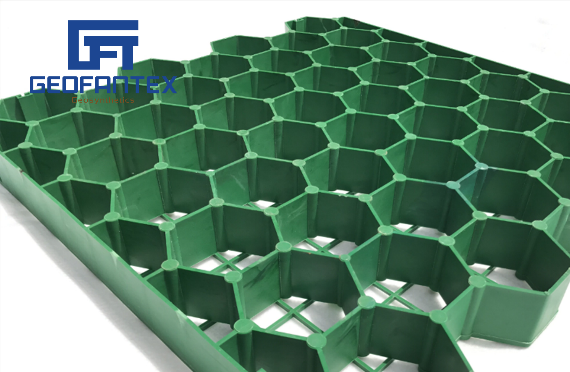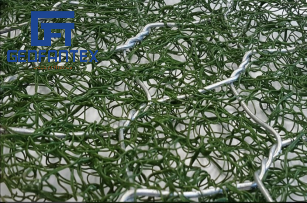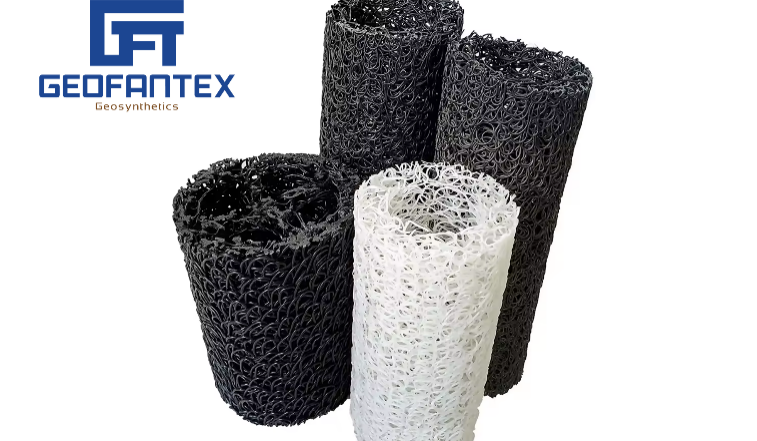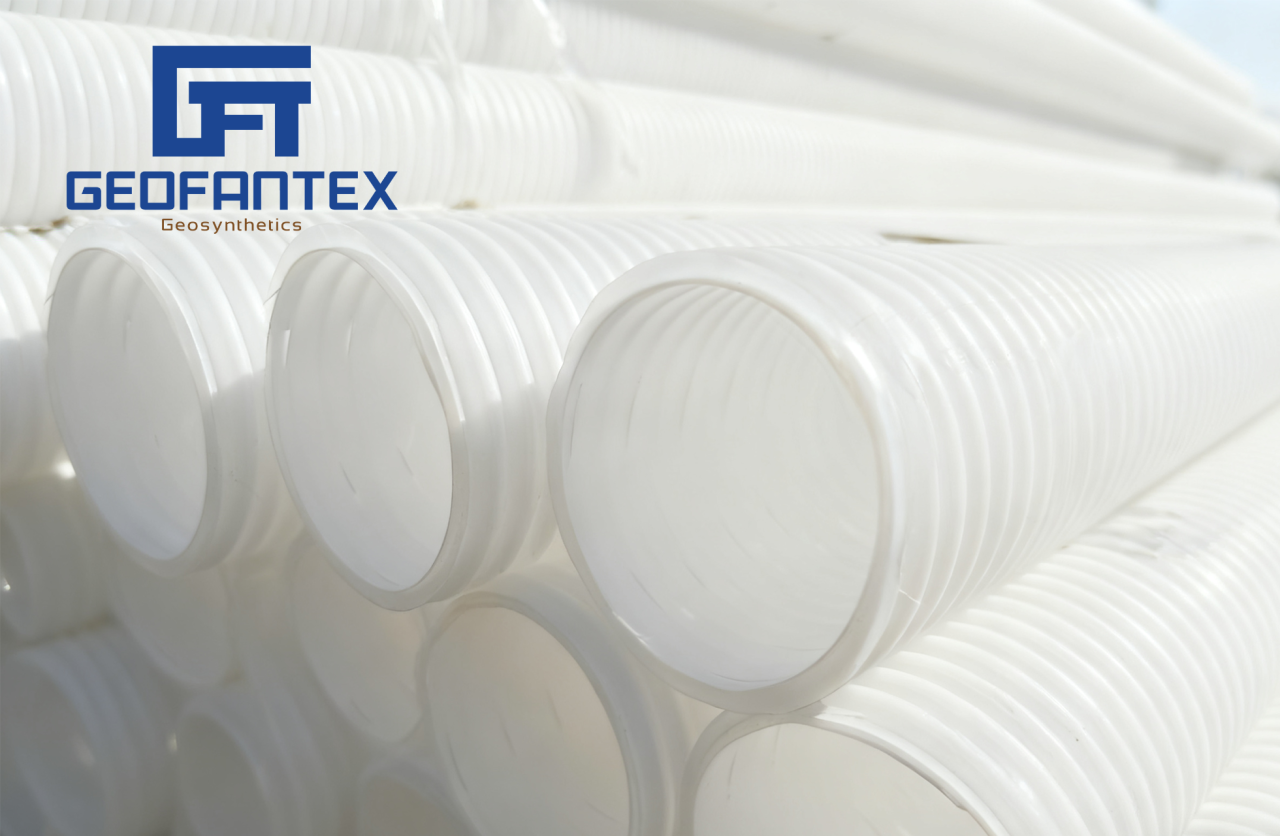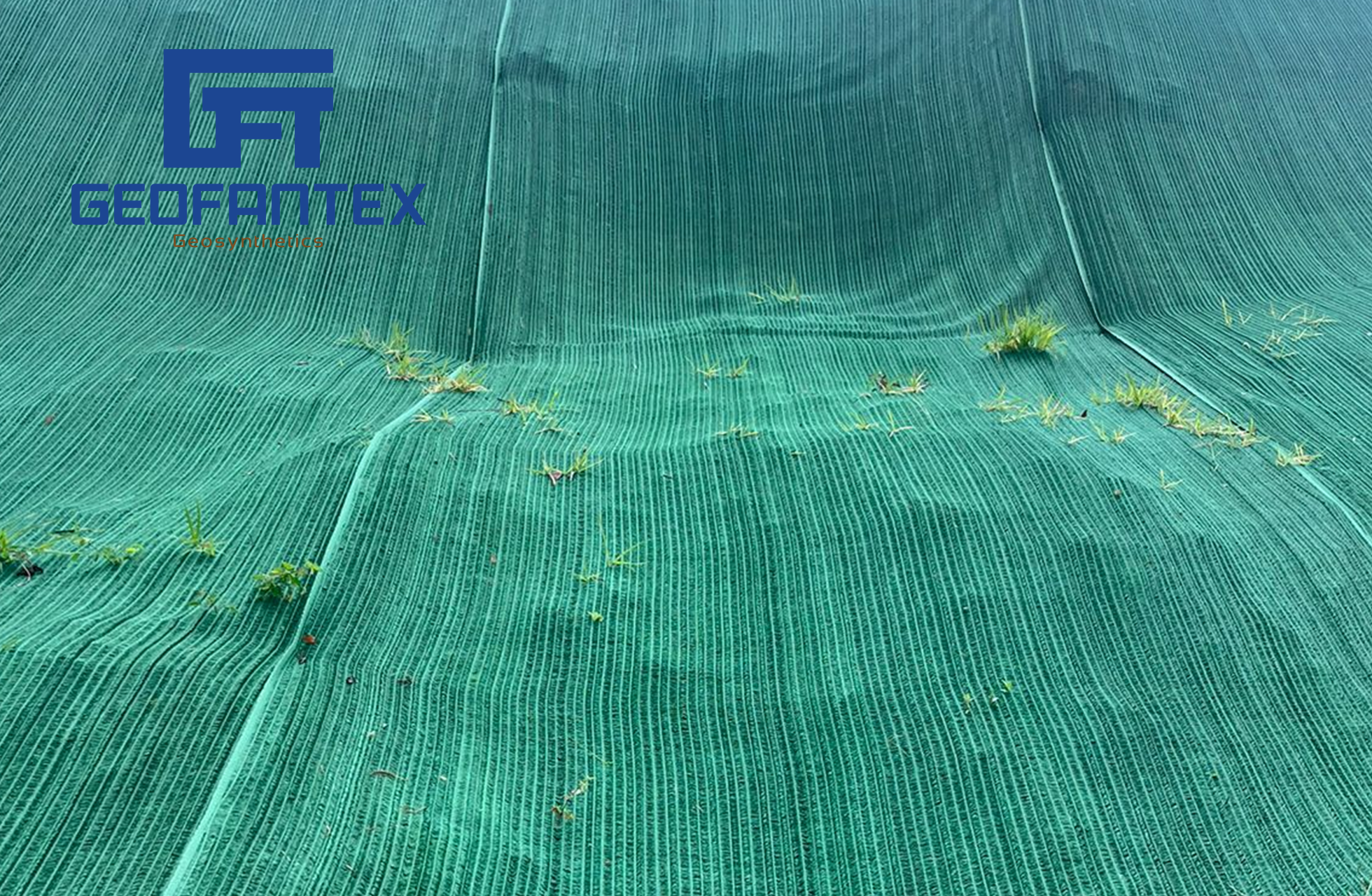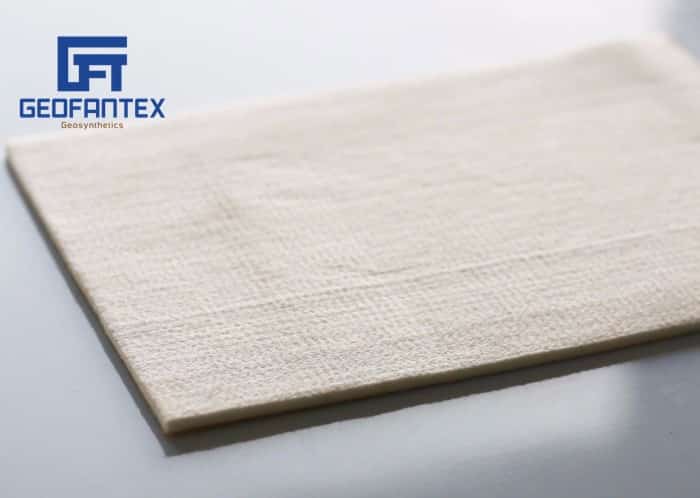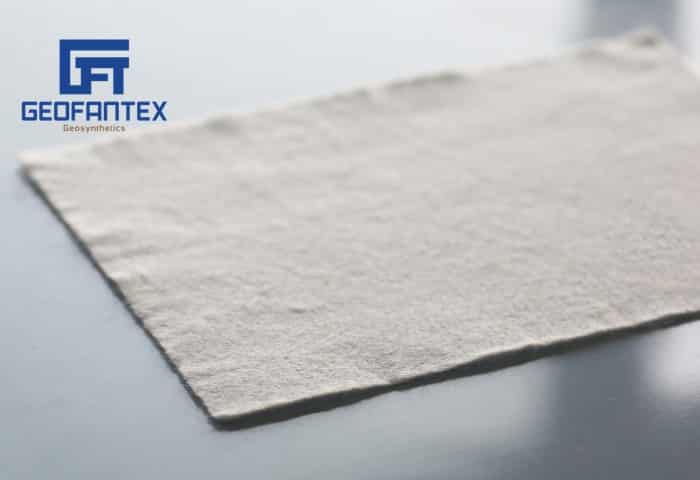+86-159 9860 6917
info@geofantex.com
geofantex@gmail.com
+86-400-8266163-44899
Choosing the right geogrid for retaining wall applications is essential for ensuring long-term structural stability, especially in civil engineering, landscaping, and geosynthetic reinforcement. Below, we answer four key questions to help you understand how geogrids solve real-world challenges in wall construction and slope support.
What Is a Geogrid and How Does It Support a Retaining Wall?
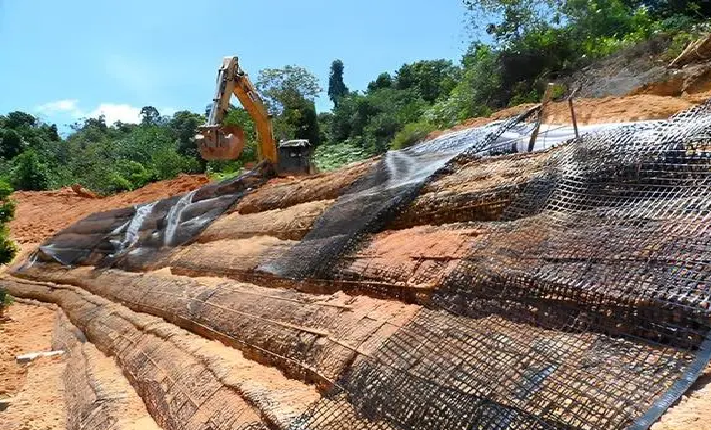
A geogrid for retaining wall applications is a high-strength, grid-like synthetic material that reinforces soil and prevents lateral movement. It is laid between layers of compacted fill behind the retaining wall, providing tensioned reinforcement that resists pressure and minimizes wall deformation. This soil-geogrid interaction significantly improves overall wall performance.
When Is a Geogrid Necessary for Retaining Walls?
Geogrids become necessary when a wall exceeds certain height thresholds, is built on poor soils, or must endure heavy loads such as roadways or sloped terrain. In these cases, using a geogrid for retaining wall construction helps distribute the load more evenly, reduce the footprint of the structure, and meet regulatory safety standards, especially in retaining wall design standards for municipal and highway projects.
What Types of Geogrids Are Suitable for Retaining Wall Reinforcement?
There are two main types of geogrids used for wall reinforcement: uniaxial and biaxial. Uniaxial geogrids are most suitable for retaining walls due to their strong tensile strength in one direction (usually horizontal). Material options include polyester (PET) and high-density polyethylene (HDPE), each chosen based on specific geosynthetic performance requirements and site conditions.

How Is a Geogrid Installed in a Retaining Wall System?
The installation of geogrid in a retaining wall involves placing the material between compacted soil layers and extending it back into the retained soil. Proper overlap, tensioning, and anchoring are essential for effective load transfer. Professional design guidance ensures optimal spacing, layer intervals, and compatibility with drainage and backfill materials.
To conclude, using a geogrid for retaining wall construction is a reliable, proven solution for improving structural integrity and soil performance. It addresses common challenges such as soil pressure, load distribution, and long-term durability in both residential and large-scale infrastructure projects. By selecting the appropriate geogrid type and ensuring correct installation, engineers and builders can achieve safer, more stable retaining wall systems with lasting results.
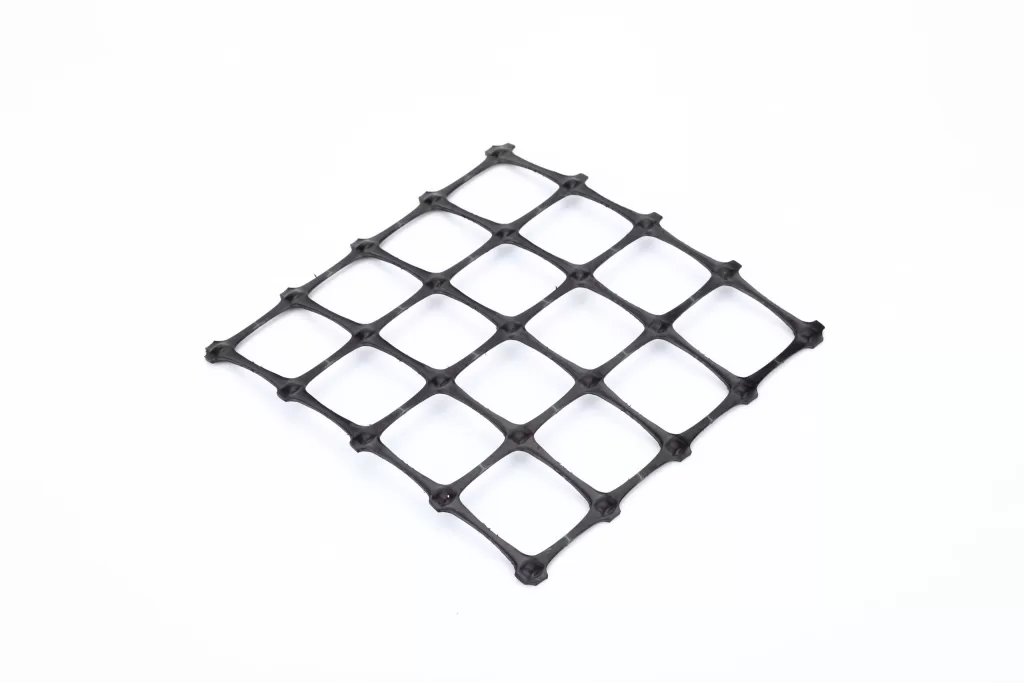
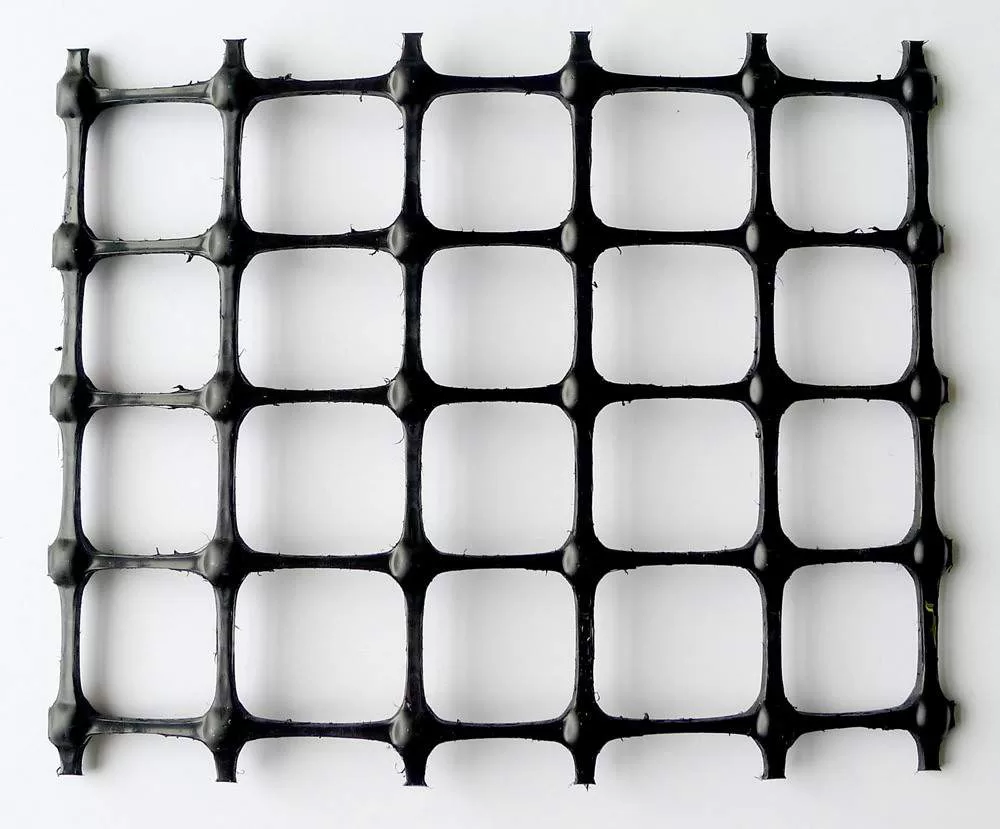
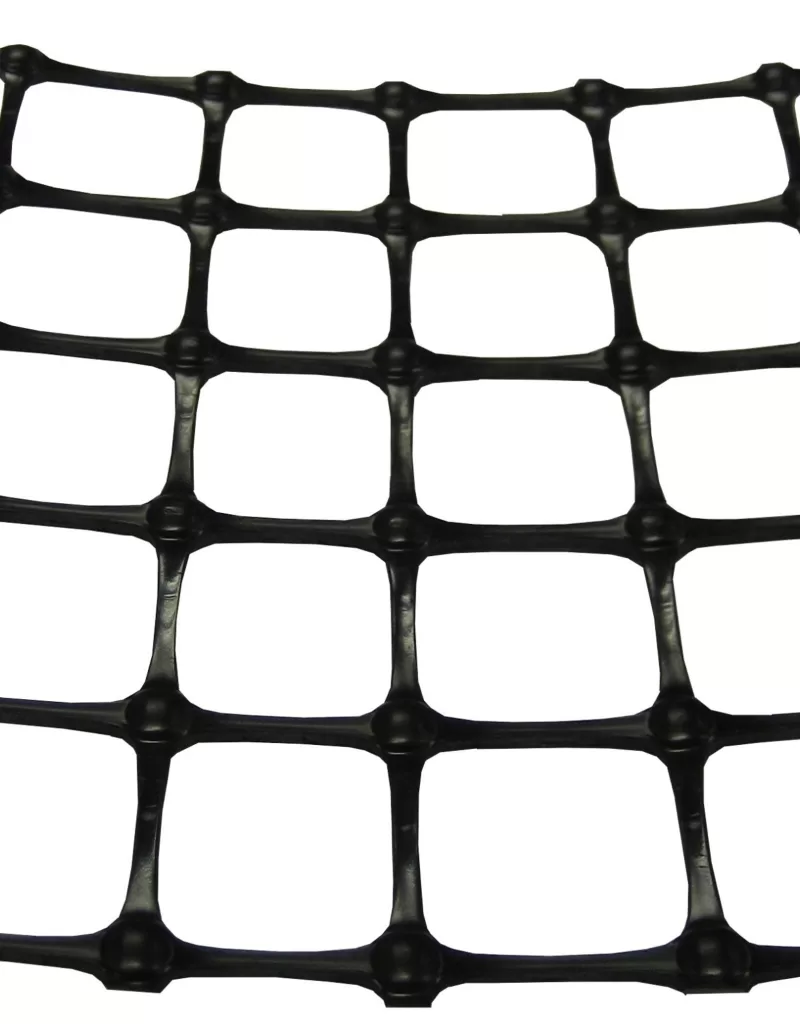
Get Free Sample
We’ll respond as soon as possible(within 12 hours)

